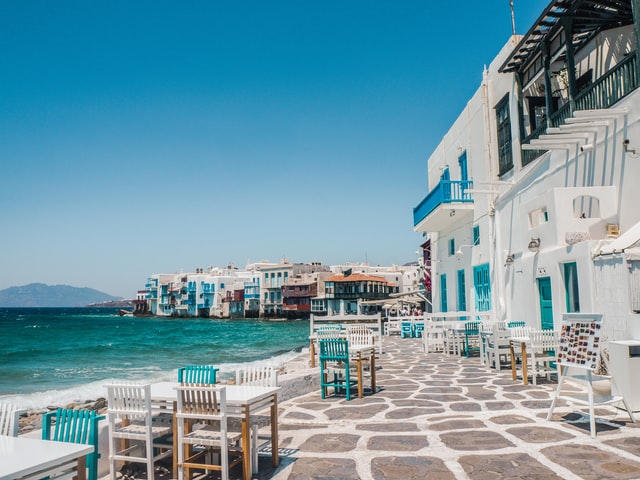Crete, an island second in size to Cyprus in the eastern Mediterranean, has a climate that is mainly mild year-round. Depending on proximity to the sea, it can be humid; however, winters are relatively warm and snowfall occurs only in the mountains between November and May. The island coastline is 1,046km; there are three different mountain groups, supporting a number of fertile valleys with accompanying rivers, gorges and lakes famous for their isolation and beauty. It is with this geography in mind that holidays in Crete can be planned.
Hiking the Samaria Gorge trail through the Iron Gates is a highlight of outdoor activity; a parallel trail is the Imbros Gorge, challenging the hiker with a two meter section of three hundred meter rise. For those interested in exploring caves, there is Sfendoni Cave with its beautiful stalactites and stalagmites. Finally, there are beaches such as Georgioupoli, easily accessed from major cities; Elafonisi, one of the best beaches in Europe with pink and white sand; and Makrigialos, its shallow waters ideal for family. However, holidays in Crete have other attractions.
Crete activities should include day trips to such villages as Chania, once governed by Venice and reflecting its Italian influence. In Rethymnon there is further evidence of Venetian influence as well as that of Turkey; walking tours of the old quarter provide fascinating insight. Knossos, inhabited for thousands of years, was Minoan Crete at its apex. Located south of Iraklio, it provides a view of the growth of the Minoan culture from 1900 to 1375 BCE. The visitor sees the ruins extending through the millennia by viewing the gypsum throne, the theatre and central courtyard. Some of the restoration has been called inaccurate; however, a visit to the Archaeological Museum in Heraklion assists with a more down-to-earth approach to the mythological labyrinth. While in Heraklion other museums such as The Battle of Crete and National Resistance offer additional history of this captivating island.
Shopping on the island provides opportunities to select locally handmade articles. Heraklion’s central market is a fine example of street vendors selling handmade crafts as well as souvenirs such as goods fashioned in leather or pottery.
Visitors may count on attending a variety of local events. For instance, there is the Cretan Wine Festival famous for its wine and traditional music held in July in the Rethymnon locale. Next is the Lasithi Potato Festival, late in August in Tzermiando, which provides an opportunity to taste wonderful local dishes as well as other than potato cuisine. Then, in October, the hamlet of Elos hosts the Crete Chestnut Festival. Here the visitor can enjoy live entertainment as well as a variety of chestnut dishes typical of Cretan cooking.
Crete activities range from outdoor challenges to appreciation for its long and intriguing history to shopping as well enjoyment of various local festivals. Crete will welcome you and steal your heart; surely, one visit will not be enough.










